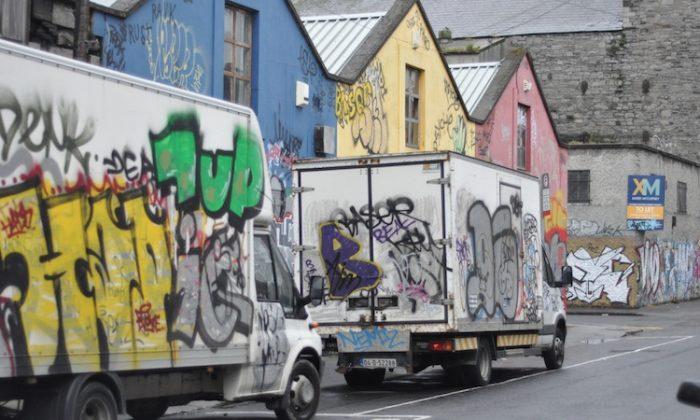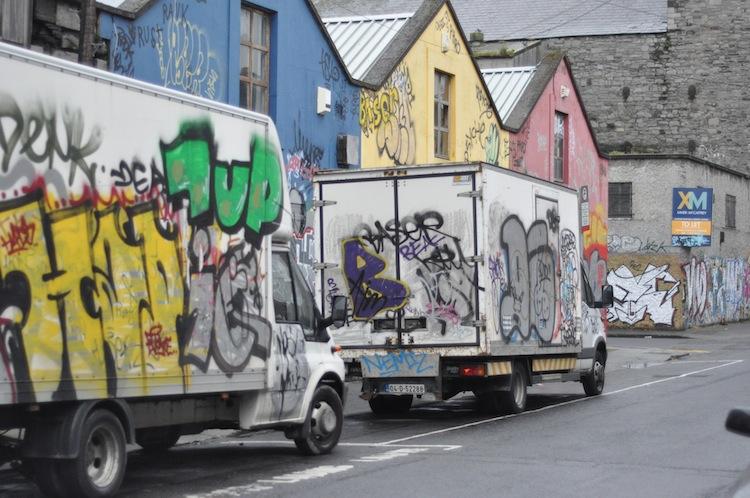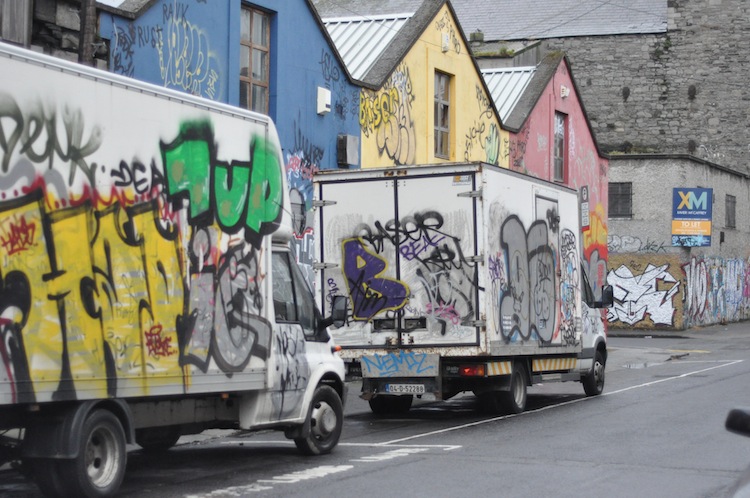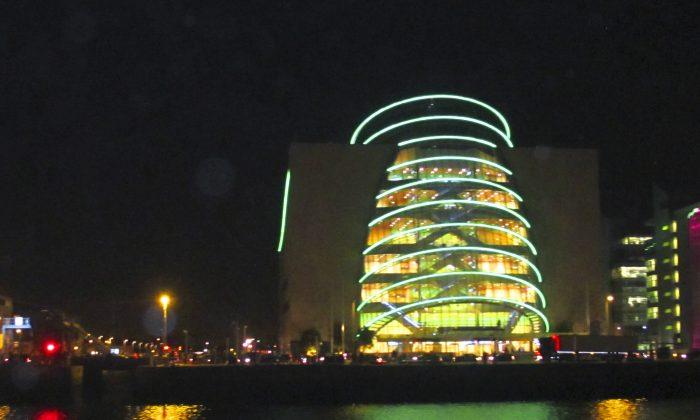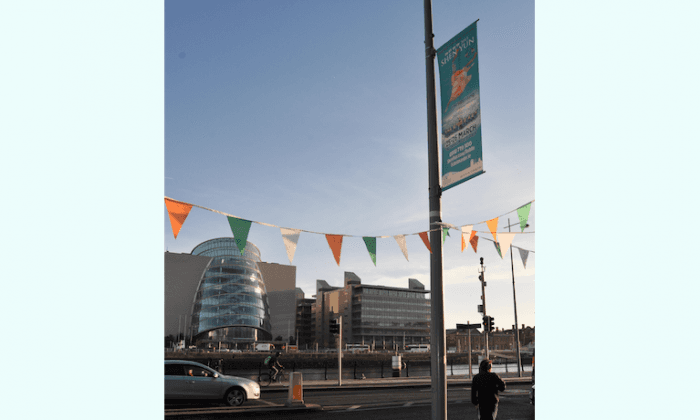What the authorities were trying to do, according to Mr Keeling, was “they were trying to not allow youths to display their work. They would know that if they painted a clean car their work would never be seen, because they would take that car out of service … you eliminate it [graffiti] as soon and as quickly as you can, you get the message across that graffitists work is not going to be seen,” explained Mr Keeling.
According to Mr Keeling, “citizens are very bothered by graffiti, they see it as a disorderly condition and it’s one more thing that says to citizens, the government can’t protect them. If government can’t deal with a problem as minor as graffiti, how can they possibly deal with more serious issues, such as robbery etc.” That is why Mr Keeling thinks tacking graffiti is such a serious issue and should be given due attention.
“The entire rationale in removing graffiti quickly isn’t just aesthetic, but it’s also because of the impact it has on citizens especially in commercial areas, because it sends the message that no one is in control,” explains Mr Keeling.
With respect to how the Gardai can help tackle the issue, Mr Keeling recommends that the prolific graffitists should be targeted. “We certainly want all graffiti producers to be worried about police intervention, but we want the high producers to be identified; the amount of damage that graffiti does to private property is enormous, and this should be reflected in the seriousness with which police and prosecutions take that problem,” he said.
Mr Keeling added that it isn’t possible to arrest your way out of the problem, because while they tried that approach in New York, it didn’t work. “What you’ve got to do is clean graffiti as quickly as possible and, in addition, those who are really active graffitists, you have to use the police and the courts to punish and hold them accountable.”
Irish patterns
Mr Barry Kenny from Iarnrod Eireann says that “Graffiti is a sporadic problem, of both trains and buildings.”
He believes that “it is not noticeably more prevalent, notwithstanding a single instance in recent weeks when a number of DARTs were targeted in a single act.”
According to Mr Kenny, most other countries in Europe suffer more from graffiti than Ireland.“We endeavour to take a train with graffiti out of service as quickly as possible to be cleaned, the visibility is low. However, particularly in continental Europe, this zero tolerance approach is not followed, and the vandalism can be quite severe.”
With respect to graffiti in Dublin in general, a representative from Dublin City Council said “graffiti does not portray the city at it’s best, and our priority is to have it removed as soon as possible.”
The representative added that incidences of graffiti can vary from time to time and can be more prevalent during school holidays, midterm breaks etc.
Dublin City Council has an anti-litter grant available each year from central government, and this year it is being spent on an anti-graffiti campaign.
“Dublin City Council will spend at least 300,000 euro in 2012 on removing graffiti. In addition, individual occupiers and owners (both residential and business) remove graffiti from their own premises.”
The representative added that some areas are more prone to be defaced than others, and these are mainly in areas that are very visible to the public at large, including items of street furniture.
The City Council has looked at how these problems are best tackled in other countries, and their conclusion is that “the best way forward is a combination of removal as soon as possible, the awareness campaign, and enforcement.”
The representative said that the Council liaise closely with the Gardai on the graffiti issue and assist them in the preparation of evidence needed for prosecutions.
The Epoch Times publishes in 35 countries and in 19 languages. Subscribe to our e-newsletter.
